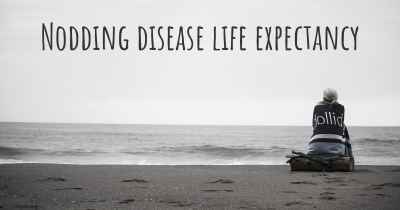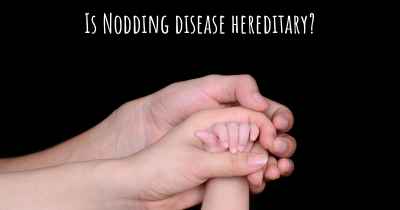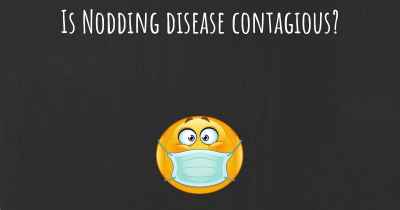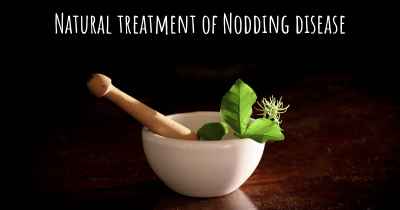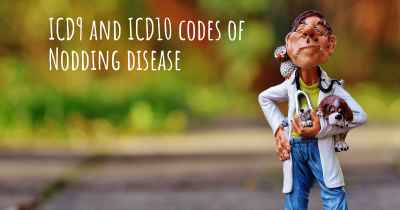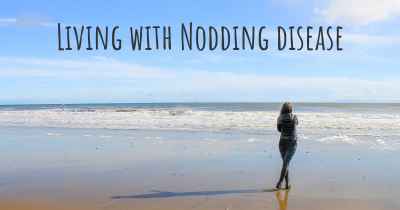Is it advisable to do exercise when affected by Nodding disease? Which activities would you suggest and how intense should they be?
See if it is advisable for people with Nodding disease to practice sports and which ones are the most recommended if you have Nodding disease
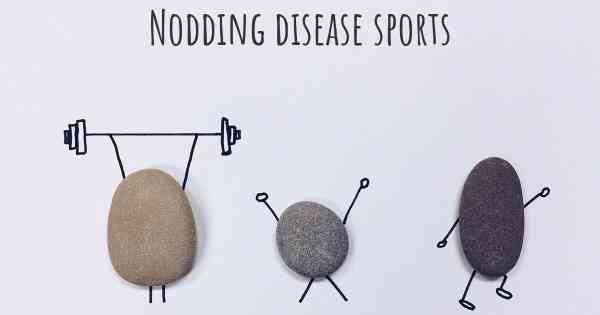
Nodding disease is a neurological condition that primarily affects children in certain regions of East Africa, particularly South Sudan, Uganda, and Tanzania. It is characterized by repetitive nodding movements, seizures, cognitive impairments, and stunted growth. While there is no known cure for nodding disease, managing the symptoms and improving overall well-being is crucial. Exercise can play a role in enhancing physical and mental health, but it is essential to approach it with caution and adapt it to the individual's capabilities.
Before engaging in any exercise program, it is crucial to consult with a healthcare professional who is familiar with nodding disease and the specific needs of the affected individual. They can provide personalized guidance and recommendations based on the individual's condition, overall health, and any other medical considerations.
When it comes to exercise for individuals with nodding disease, the focus should be on activities that promote overall fitness, improve coordination, and enhance cognitive function. Here are some suggestions:
1. Aerobic exercises: Low-impact aerobic activities like walking, swimming, or cycling can help improve cardiovascular fitness without putting excessive strain on the body. These exercises can also boost mood and cognitive function.
2. Strength training: Incorporating light resistance exercises using bands or light weights can help improve muscle strength and endurance. It is important to start with low resistance and gradually increase as tolerated.
3. Balance and coordination exercises: Engaging in activities that challenge balance and coordination, such as yoga or tai chi, can help improve stability and reduce the risk of falls. These exercises also have a calming effect on the mind.
4. Flexibility exercises: Stretching exercises can help improve flexibility and range of motion. It is important to perform these exercises gently and avoid overstretching, as individuals with nodding disease may have increased joint laxity.
5. Cognitive exercises: Mental stimulation is crucial for individuals with nodding disease. Activities like puzzles, memory games, and reading can help improve cognitive function and overall brain health.
Intensity and duration of exercise should be tailored to the individual's abilities and tolerance. It is important to start slowly and gradually increase the intensity and duration of exercise as tolerated. Overexertion should be avoided, as it can lead to fatigue and increased seizure activity. Regular breaks and rest periods should be incorporated into the exercise routine.
Monitoring the individual's response to exercise is essential. If exercise exacerbates symptoms or causes discomfort, it should be modified or discontinued. It is crucial to listen to the body and adjust the exercise program accordingly.
Additionally, other factors to consider when exercising with nodding disease include:
- Environmental conditions: Exercise should be performed in a safe and controlled environment to minimize the risk of injury.
- Supervision: It is advisable to have a trained caregiver or healthcare professional present during exercise sessions to provide assistance and ensure safety.
- Hydration: Staying hydrated is important during exercise, especially in regions with hot climates.
- Medication management: If the individual is on any medications, it is important to ensure they are taken as prescribed and that exercise does not interfere with their effectiveness.
In conclusion, exercise can be beneficial for individuals affected by nodding disease, but it should be approached with caution and tailored to the individual's capabilities. Consulting with a healthcare professional is crucial to develop a safe and effective exercise program. By incorporating appropriate exercises, individuals with nodding disease can potentially improve their physical fitness, cognitive function, and overall well-being.
